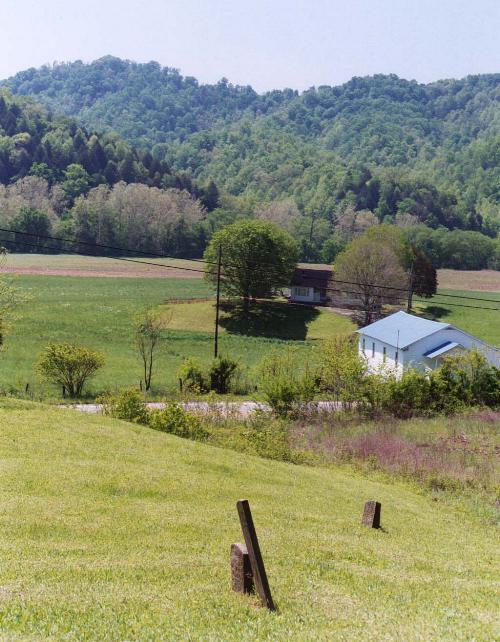 |
|
|
The Sun lived on the other side of the sky vault, but her daughter lived in the middle of the sky, directly above the earth, and every day as the Sun was climbing along the sky arch to the west she used to stop at her daughter's house for dinner. Now, the Sun hated the people on the earth, because they could never look straight at her without screwing up their faces. She said to her brother, the Moon, "My grandchildren are ugly; they grin all over their faces when they look at me." But the Moon said, "I like my younger brothers; I think they are very handsome "—because they always smiled pleasantly when they saw him in the sky at night, for his rays were milder. The Sun was jealous and planned to kill all the people, so every day when she got near her daughter's house she sent down such sultry rays that there was a great fever and the people died by hundreds, until everyone had lost some friend and there was fear that no one would be left. They went for help to the Little Men, who said the only way to save them was to kill the Sun. The Little Men made medicine and changed two men to snakes, the Spreading-adder and the Copperhead, and sent them to watch near the door of the daughter of the Sun to bite the old Sun when she came next day. They went together and bid near the house until the Sun came, but when the Spreading-adder was about to spring, the bright light blinded him and he could only spit out yellow slime, as he does to this day when he tries to bite. She called him a nasty thing and went by into the house, and the Copperhead crawled off without trying to do anything. So the people still died from the heat, and they went to the Little Men a second time for help. The Little Men made medicine again and changed one man into the great Uktena and another into the Rattlesnake and sent them to watch near the house and kill the old Sun when she came for dinner. They made the Uktena very large, with horns on his head, and everyone thought he would be sure to do the work, but the Rattlesnake was so quick and eager that he got ahead and coiled up just outside the house, and when the Sun's daughter opened the door to look out for her mother, he sprang up and bit her and she fell dead in the doorway. He forgot to wait for the old Sun, but went back to the people, and the Uktena was so very angry that he went back, too. Since then we pray to the rattlesnake and do not kill him, because he is kind and never tries to bite if we do not disturb him. The Uktena grew angrier all the time and very dangerous, so that if he even looked at a man, that man's family would die. After a long time the people held a council and decided that he was too dangerous to be with them, so they sent him up to Gälûñ'lätï, and he is there now. The Spreading-adder, the Copperhead, the Rattlesnake, and the Uktena were all men. When the Sun found her daughter dead, she went into the house and grieved, and the people did not die any more, but now the world was dark all the time, because the Sun would not come out. They went again to the Little Men, and these told them that if they wanted the Sun to come out again they must bring back her daughter from Tsûsginâ'ï, the Ghost country, in Us'ûñhi'yï, the Darkening land in the west. They chose seven men to go, and gave each a sourwood rod a handbreadth long. The Little Men told them they must take a box with them, and when they got to Tsûsginâ'ï they would find all the ghosts at a dance. They must stand outside the circle, and when the young woman passed in the dance they must strike her with the rods and she would fall to the ground. Then they must put her into the box and bring her back to her mother, but they must be very sure not to open the box, even a little way, until they were home again. They took the rods and a box and traveled seven days to the west until they came to the Darkening land. There were a great many people there, and they were having a dance just as if they were at home in the settlements. The young woman was in the outside circle, and as she swung around to where the seven men were standing, one struck her with his rod and she turned her head and saw him. As she came around the second time another touched her with his rod, and then another and another, until at the seventh round she fell out of the ring, and they put her into the box and closed the lid fast. The other ghosts seemed never to notice what had happened. They took up the box and started home toward the east. In a little while the girl came to life again and begged to be let out of the box, but they made no answer and went on. Soon she called again and said she was hungry, but still they made no answer and went on. After another while she spoke again and called for a drink and pleaded so that it was very hard to listen to her, but the men who carried the box said nothing and still went on. When at last they were very near home, she called again and begged them to raise the lid just a little, because she was smothering. They were afraid she was really dying now, so they lifted the lid a little to give her air, but as they did so there was a fluttering sound inside and something flew past them into the thicket and they heard a Red Bird cry, "kwish! Kwish! Kwish!" in the bushes. They shut down the lid and went on again to the settlements, but when they got there and opened the box it was empty. So we know the Red Bird is the daughter of the Sun, and if the men had kept the box closed, as the Little Men told them to do, they would have brought her home safely, and we could bring back our other friends also from the Ghost country, but now when they die we can never bring them back. The Sun had been glad when they started to the Ghost country, but when they came back without her daughter she grieved and cried, "My daughter, my daughter," and wept until her tears made a flood upon the earth, and the people were afraid the world would be drowned. They held another council, and sent their handsomest young men and women to amuse her so that she would stop crying. They danced before the Sun and sang their best songs, but for a long time she kept her face covered and paid no attention, until at last the drummer suddenly changed the song, when she lifted up her face, and was so pleased at the sight that she forgot her grief and smiled (Mooney 1900). |
 |
|
|
 |
|
|
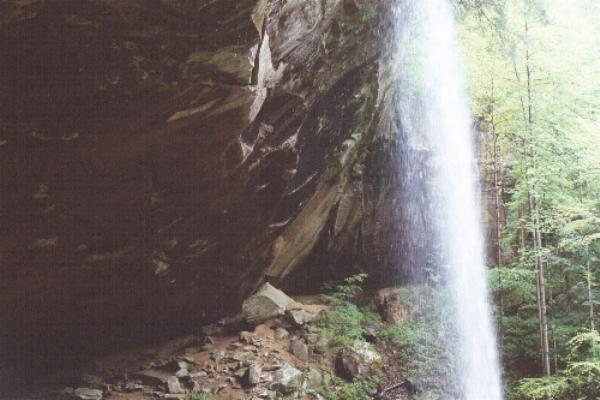 |
|
|
|
|
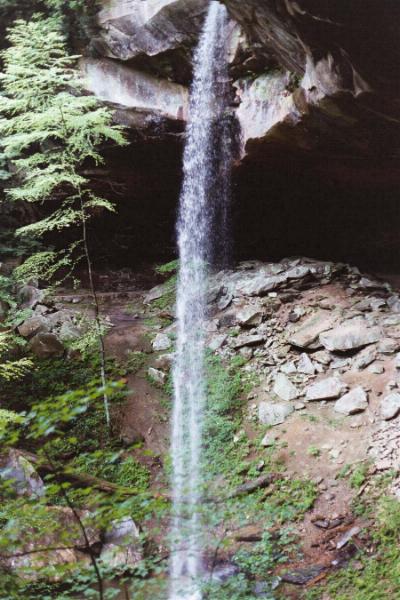 |
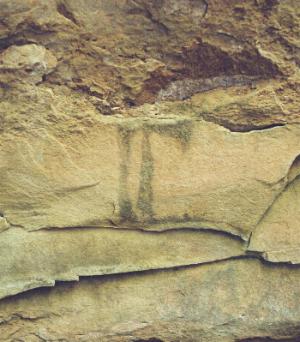 |
|
|
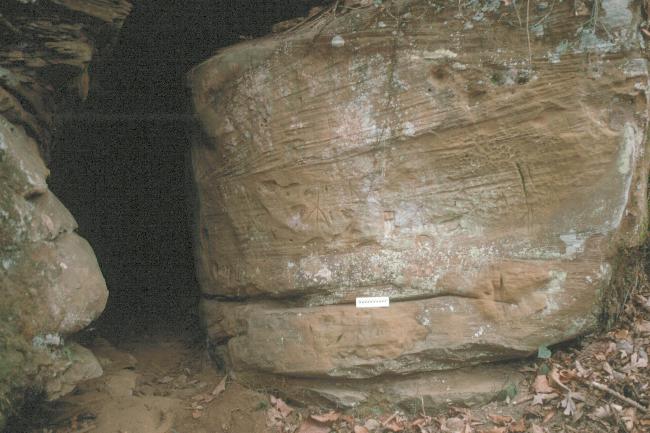 |
|
|
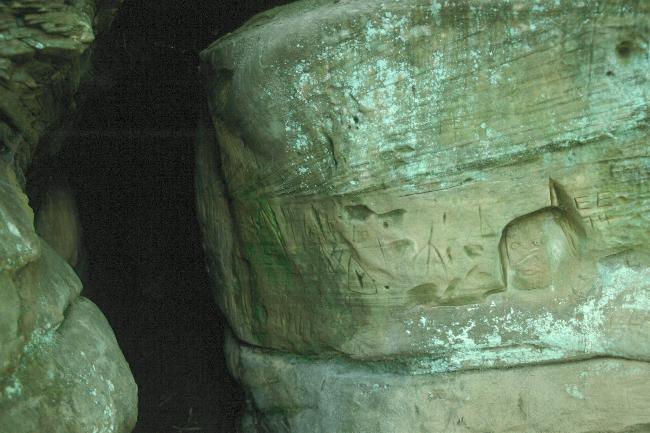 |